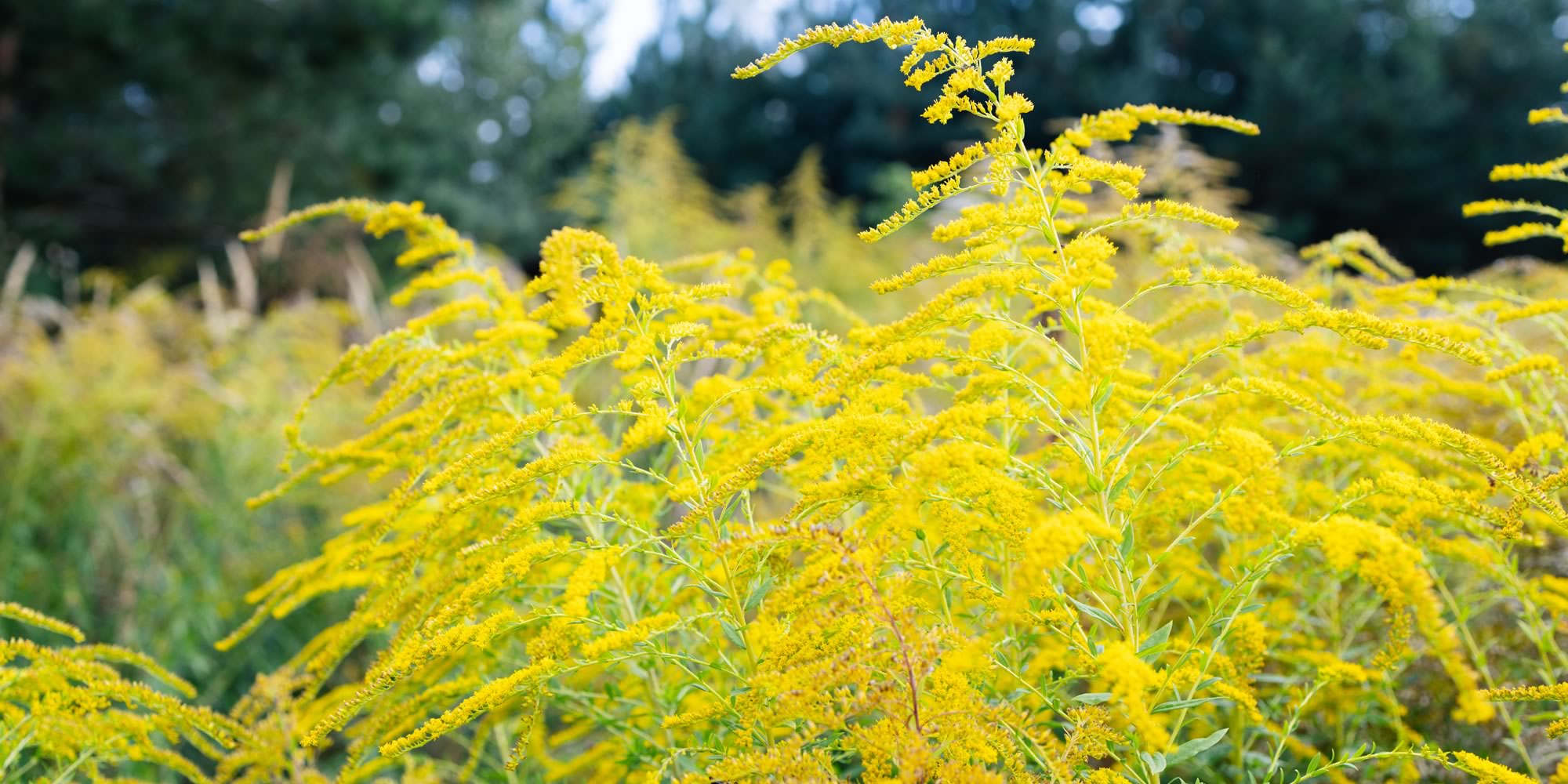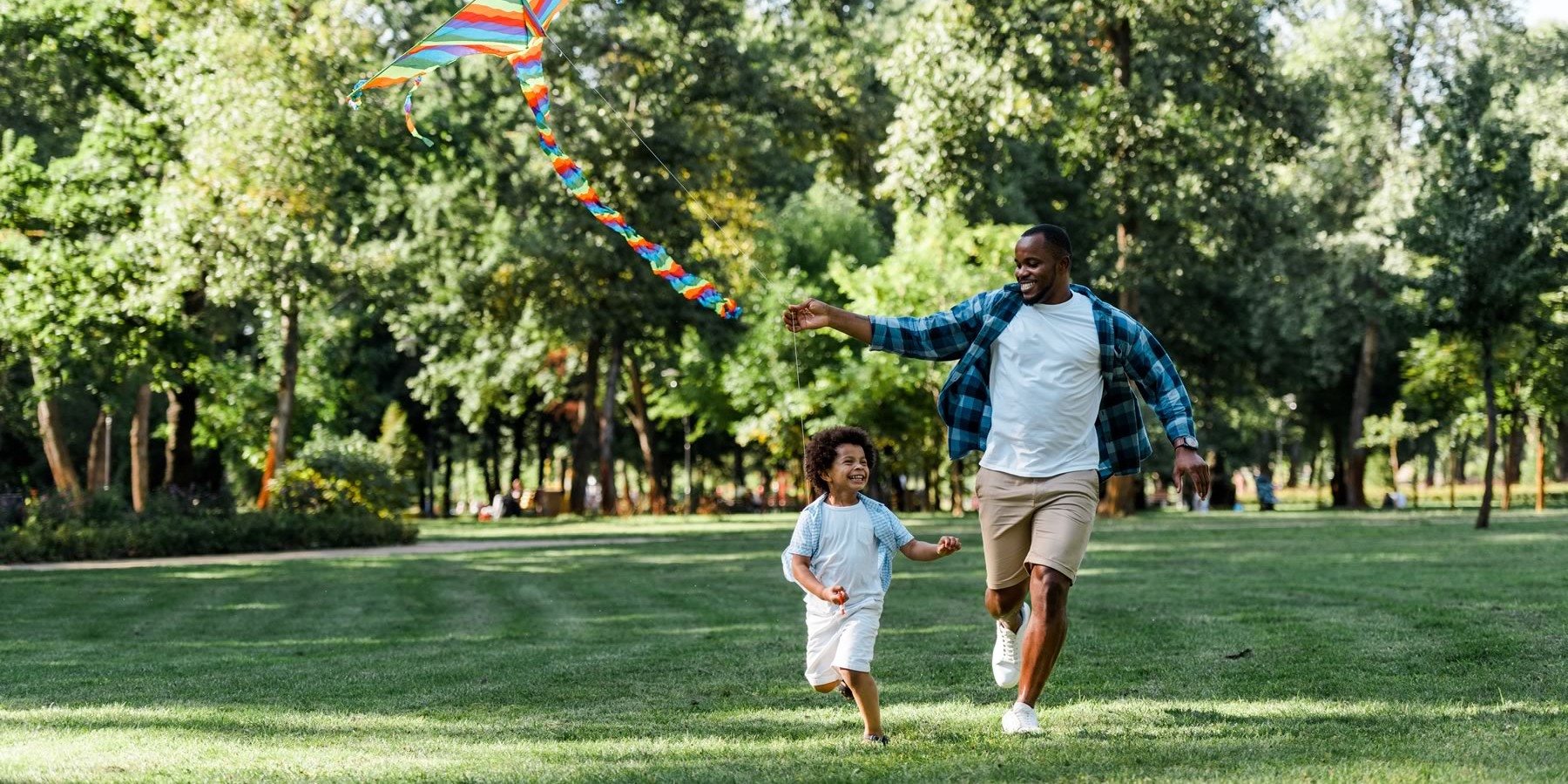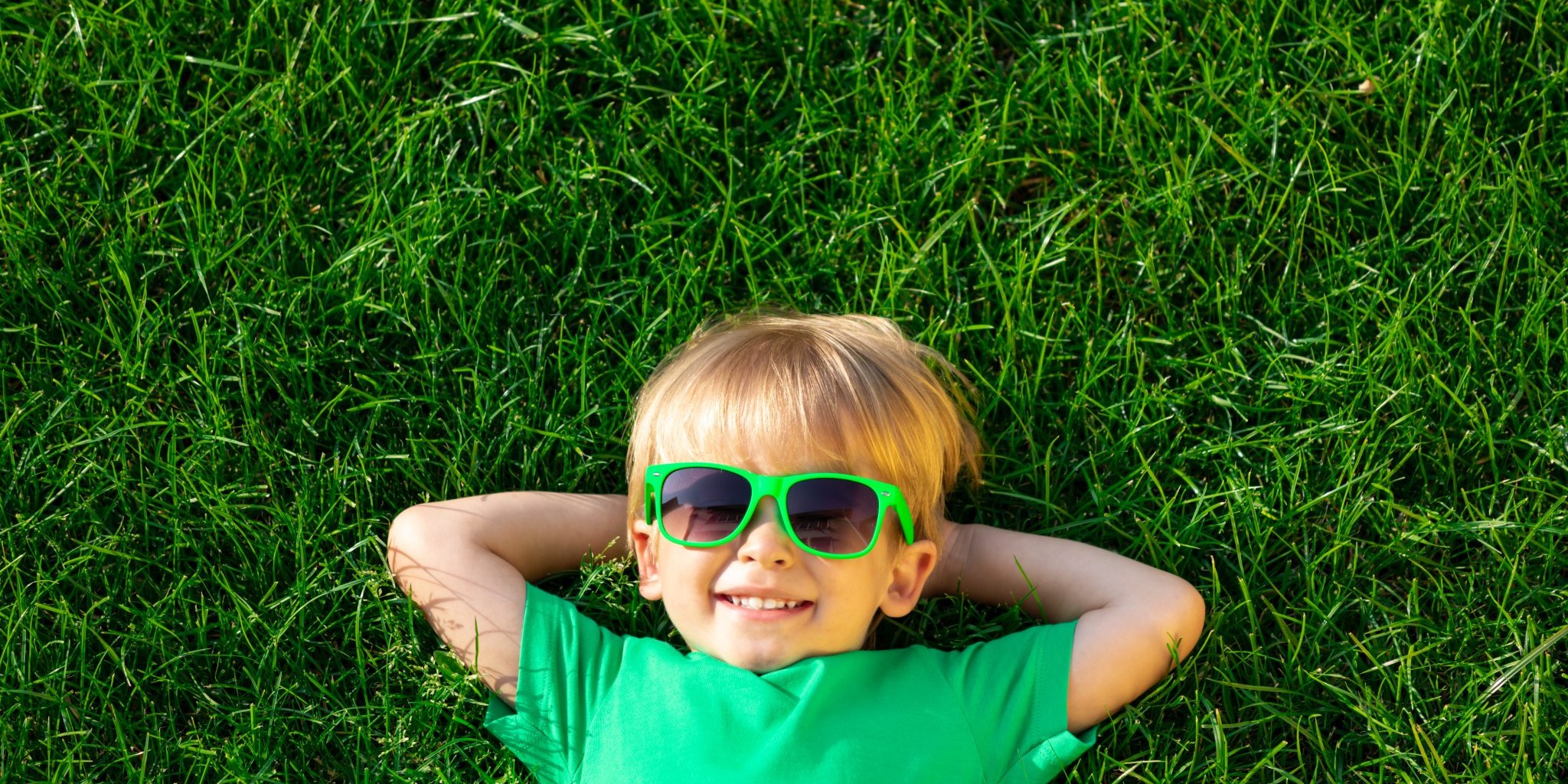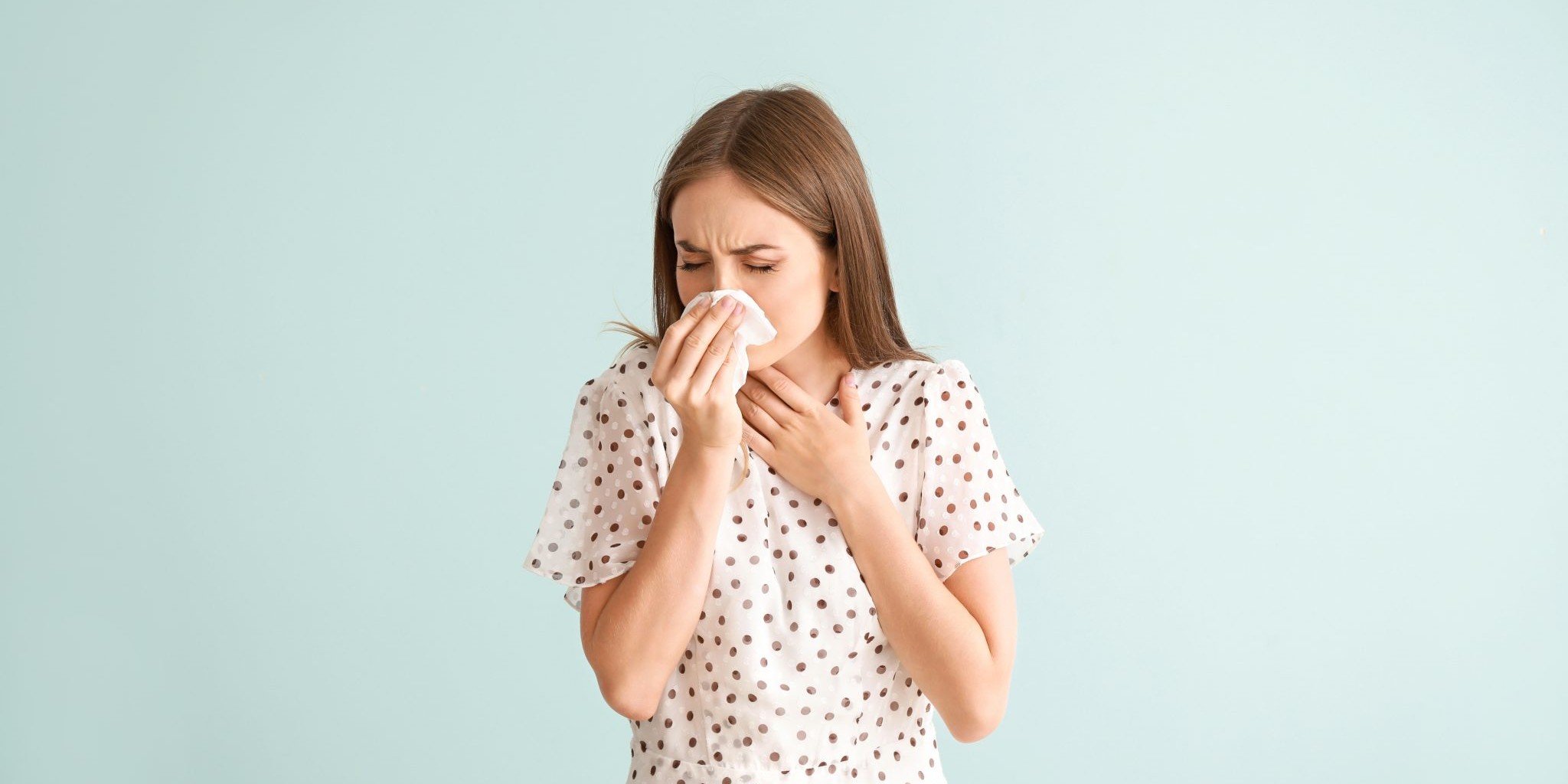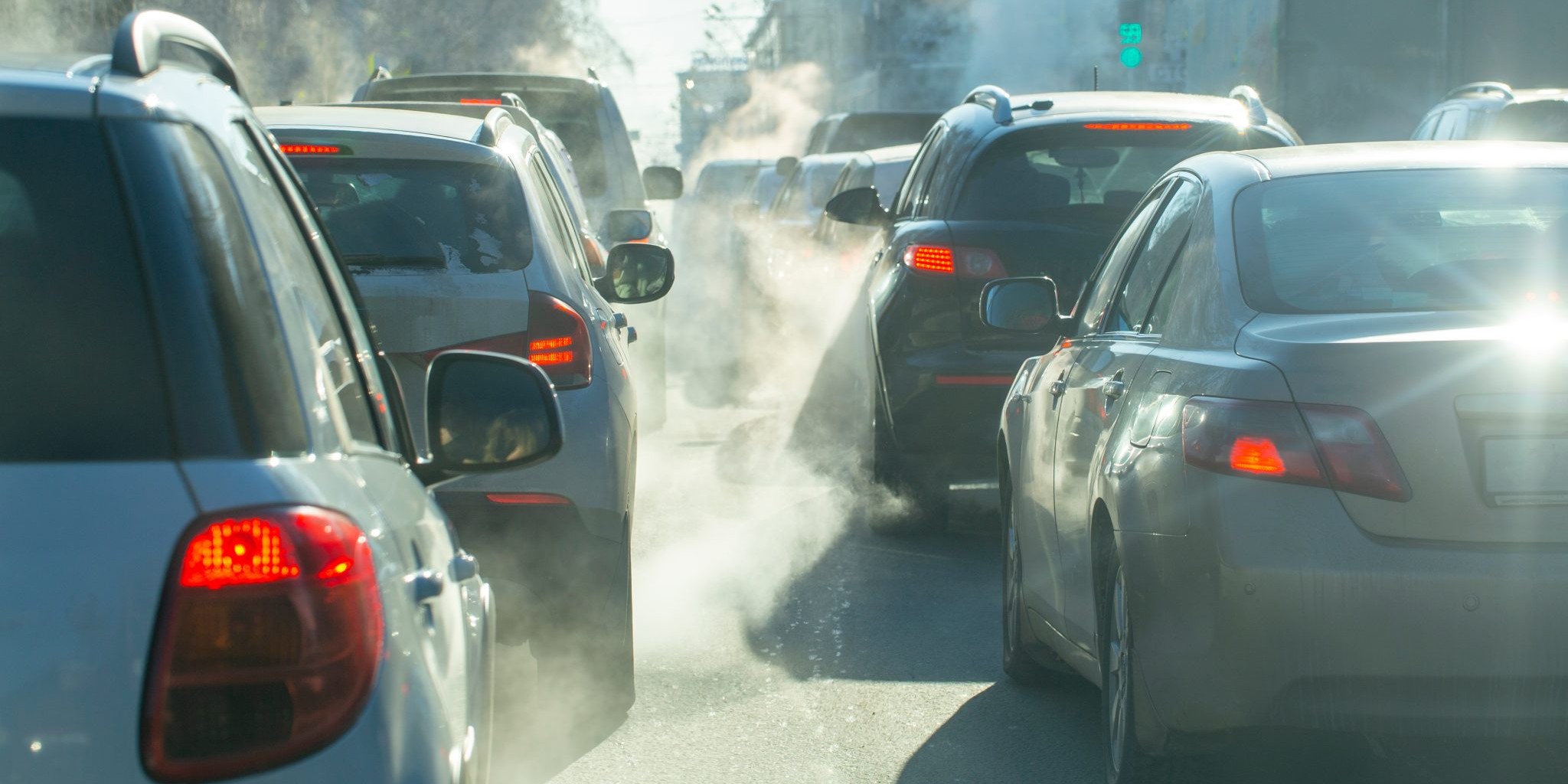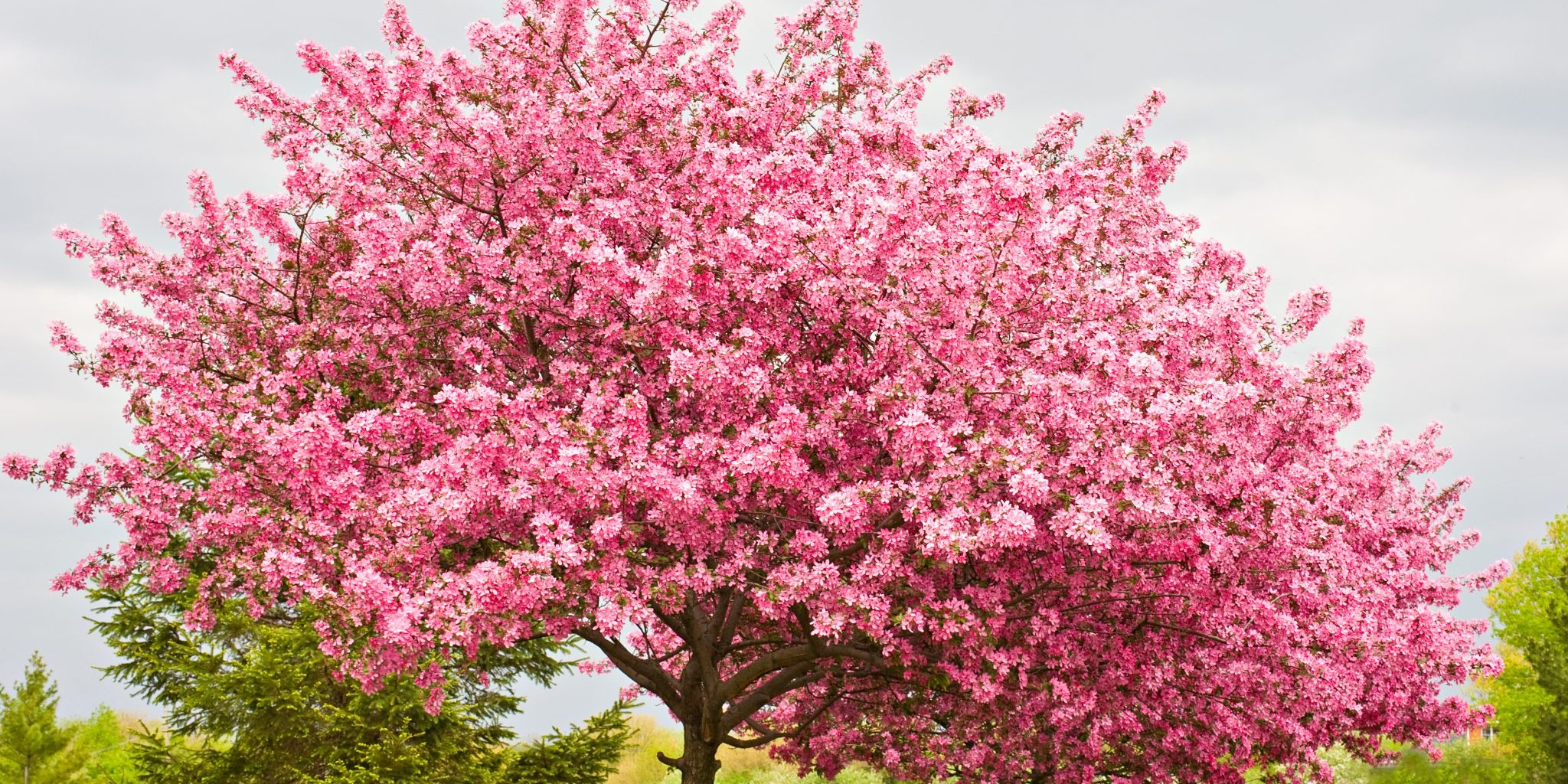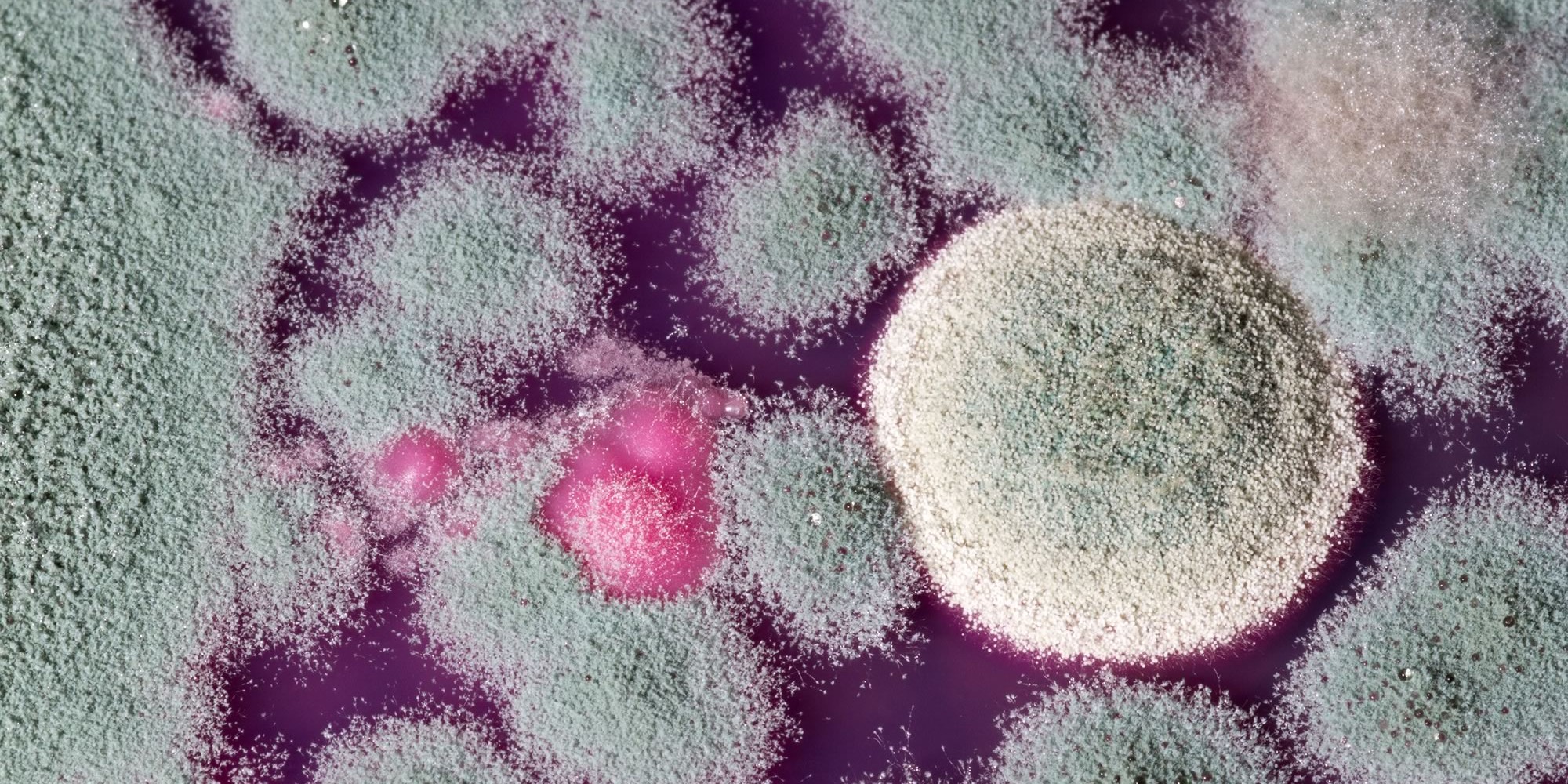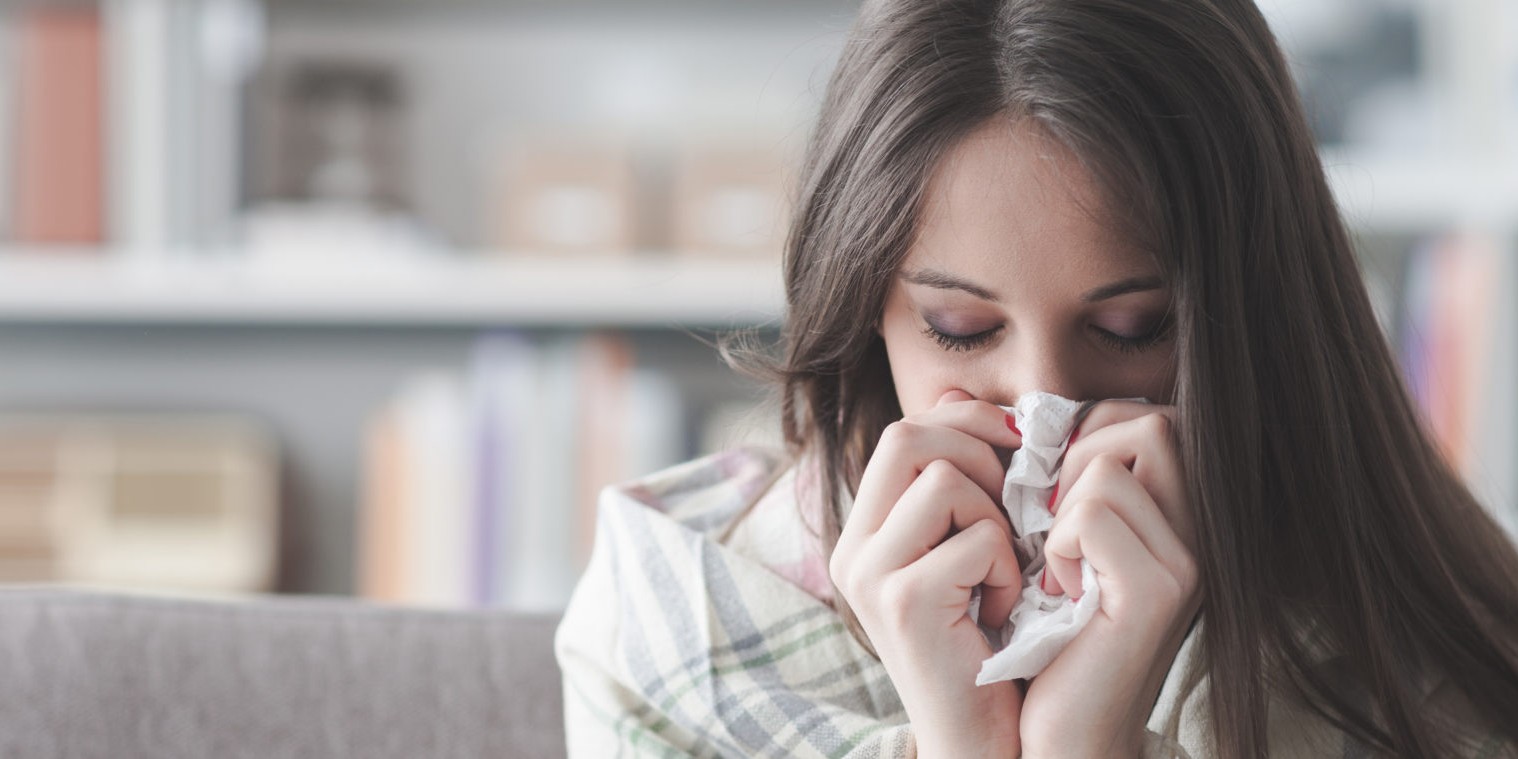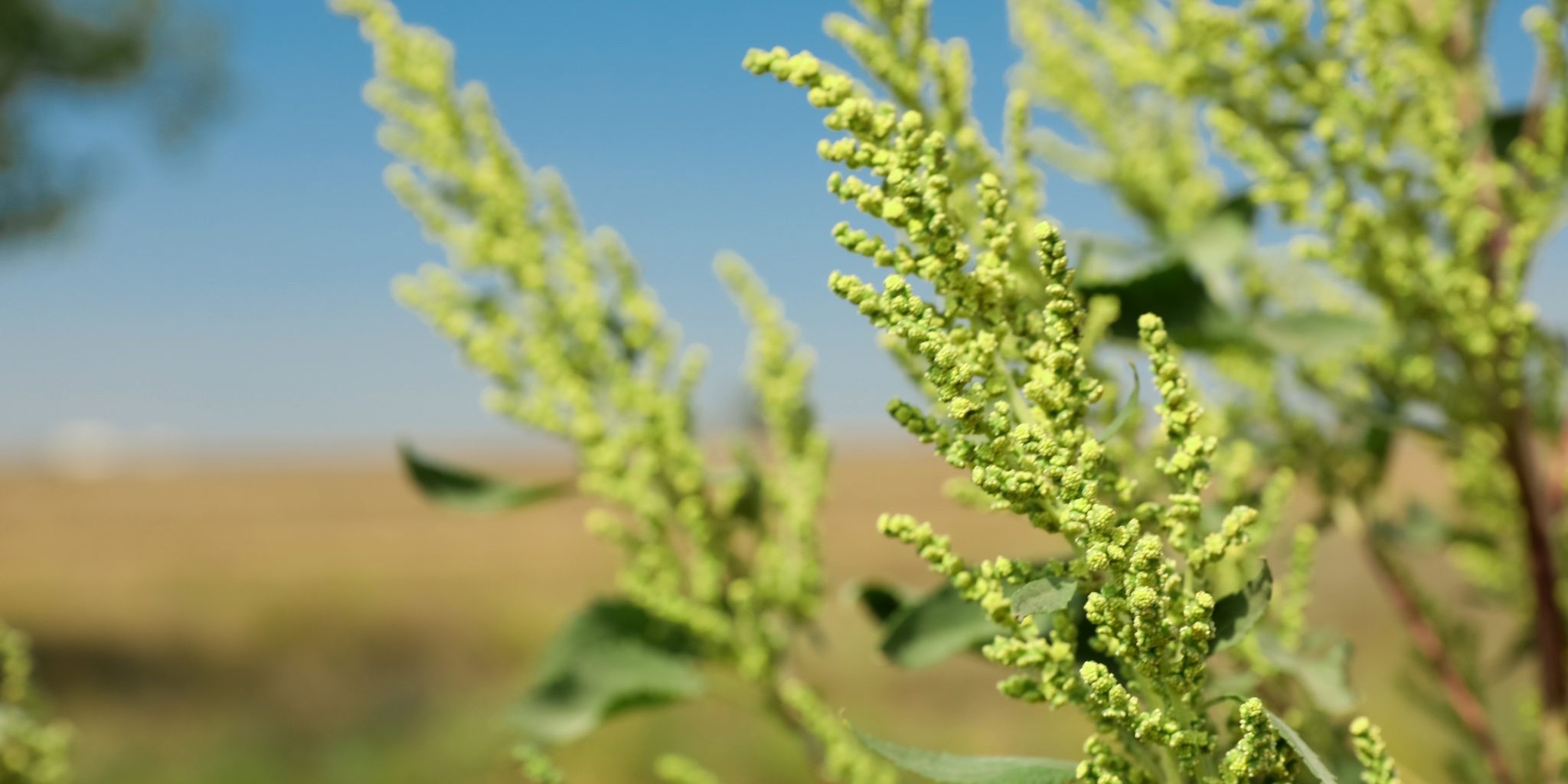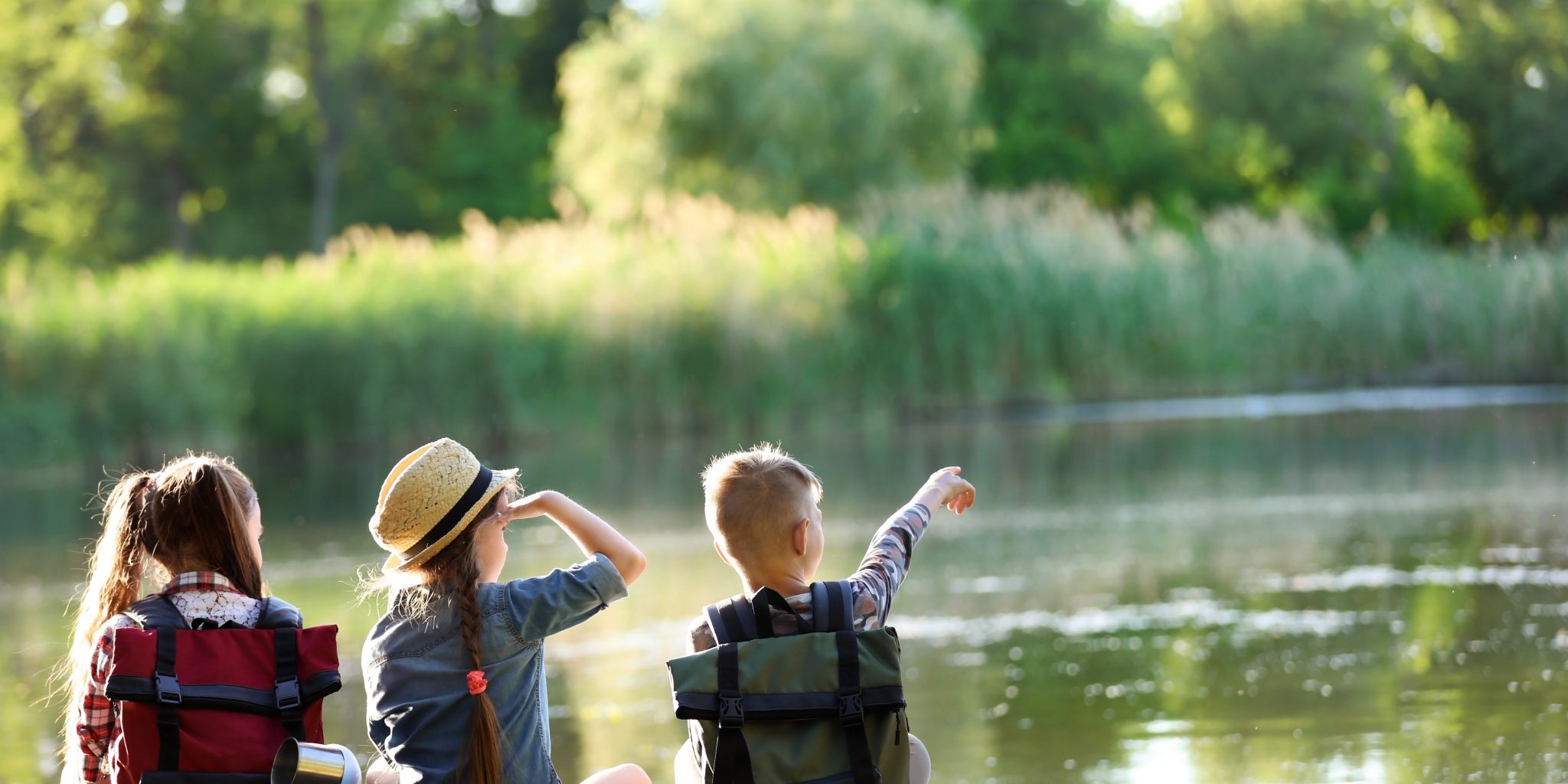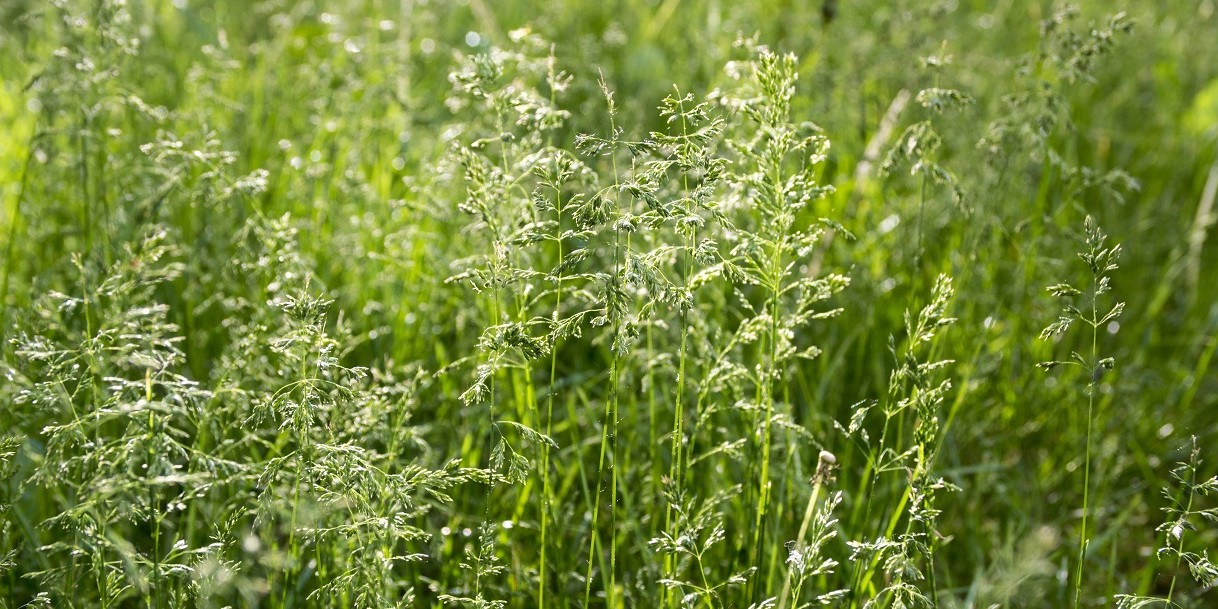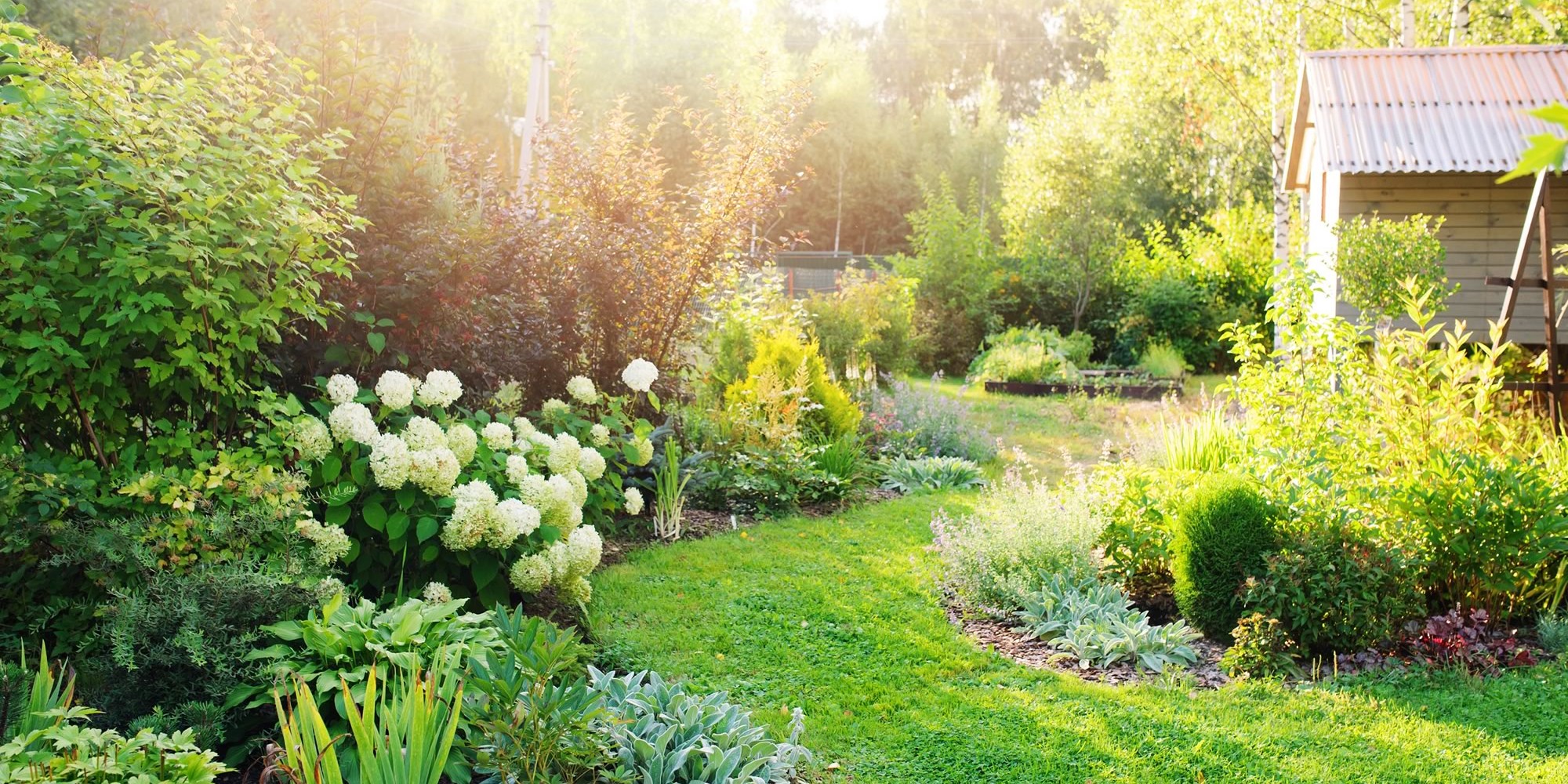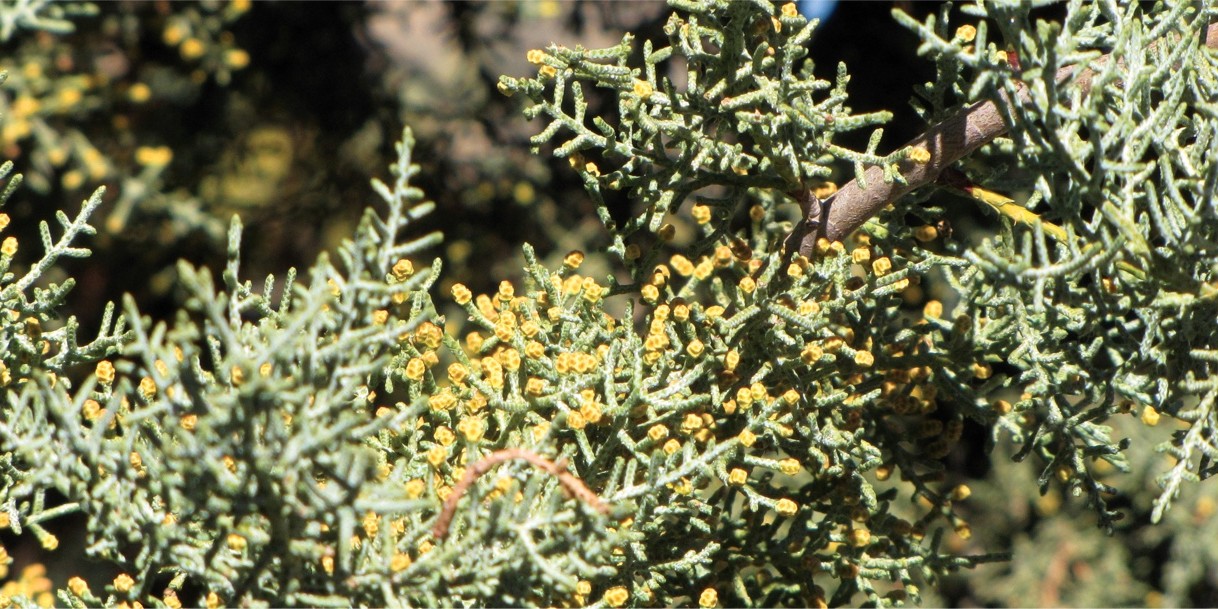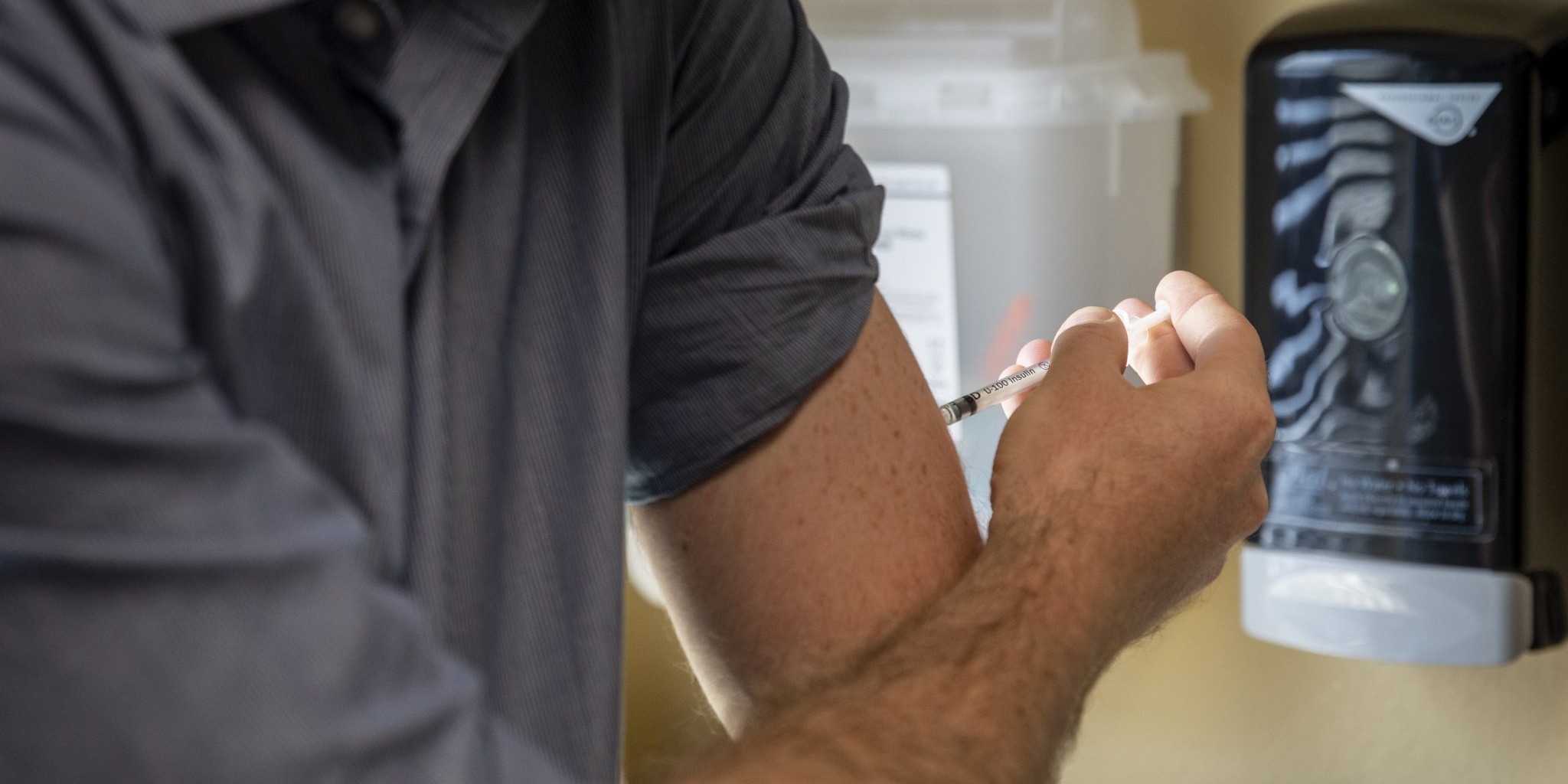Rising Ragweed Pollen: Why Fall Allergies in the U.S. Are Getting Worse
September 23, 2025
Every fall, ragweed pollen has long been a familiar culprit behind sneezing, congestion, and itchy eyes. But lately, it’s not just the symptoms that are changing—it’s the season itself. Rising ragweed pollen levels are making allergy season longer, more intense, and harder to escape. What…
A Deep Dive into Summertime Allergies
July 6, 2023
As the warmth of summer graces us with its presence, many of us are eager to embrace outdoor activities and soak up the sun. However, along with the barbecues, beach days, and sunny strolls, comes an uninvited guest: allergies. For many people, summer is synonymous with sniffling, sneezing, itchy…
FSA/HSA Plans for Allergy Services
September 1, 2022
Environmental allergies are a common ailment that affects approximately 50 million Americans every year. Whether you suffer from year round or just seasonal allergies, you may be able to use your tax-free FSA/HSA funds to help you save money on education, allergy testing, and treatments. If you…
Summer Allergies
May 31, 2022
What do you look forward to in the summer months? I bet it isn't summer allergies! Whether you are planning to be the grill master or the ultimate host of the patio celebration, we have tips to help you prepare. Today, let’s discuss some common summer allergens you may encounter when enjoying the…
Eosinophilic Esophagitis (EoE)
May 23, 2022
Eosinophilic esophagitis (EoE) is a recognized diagnosis that produces symptoms related to dysfunction of the esophagus. In EoE, large amounts of white blood cells, specifically eosinophils, collect in the inner lining of the esophagus resulting in inflammation. Typically, the esophagus is free…
Allergies, Asthma, and Air Quality
May 16, 2022
As we move into the summer months, it is important to understand the connection between allergies, asthma, and air quality. While air pollution does not directly cause allergy or asthma, it can increase the risk of developing atopic disease. Air pollution can also trigger allergy or asthma symptoms…
Earth Day and Climate Change Effects
April 18, 2022
Earth Day is this Friday, April 22nd. Earth Day is truly a mainstay in American culture, created by Past-President Richard Nixon. This year the Earth Day theme is “Invest in Our Planet”. We are called upon to have “unstoppable courage to preserve and protect our health, our families, our…
Botanical Sexism: Does it impact allergy sufferers?
April 4, 2022
What is Botanical Sexism? Tom Ogren, horticulturist and allergy researcher, has done extensive research on ways to reduce pollen counts and pollen potency. His theory centers around the unbalanced planting of male vs female plants. This unbalance can impact pollen counts and the resulting…
Respiratory Care Week, October 24-30
October 25, 2021
As we settle into this final week of October and prepare for some frightful fun at the end of the week, let’s all take a big deep breath in before the end of the year holiday season is upon us! Speaking of that big deep breath, October is Healthy Lung Month and this week, October 24-30 is…
Football, Food, and Fall Allergies
October 18, 2021
Fall has arrived and so have shorter days, cooler weather, and football season! Unfortunately for some, football, food and fall allergies go hand in hand. This is especially true in the southern and western regions of the US where some weed allergens peak in the fall. The idea of sneezing and…
Flu, Allergies, Cold, or COVID?
September 28, 2021
With the approaching fall season, we typically witness flu and viral season quickly arrive as well. Simultaneously weed pollen, dust mite, and mold allergy sufferers are preparing for an intense time of year. This year however, the ongoing spread of COVID-19 and reputable variants adds an…
Ragweed and Fall Pollen Allergies
September 3, 2021
Back to school season is here! Shorter days, crisp, cool evenings, and beautiful fall foliage are on the horizon. This time also marks the onset of weed pollination and the resurgence of allergy symptoms that may have taken a vacation in the hot, dry July heat. The meteorological calendar says…
Back to School Action Plan for Allergies and Asthma
August 16, 2021
As the final days of summer break come to a close, families everywhere are preparing for children to return to school. Whether this is the first year a child is heading to school or the last, it is an exciting time for both children and parents. It can, however, also be a time of anxiety for a…
Summer Allergy Travel Tips
July 19, 2021
School is out, summer is in full swing, and it is prime time for summer vacations and traveling. Summer travel with environmental allergies, asthma, or food allergies may make planning a vacation seem like a daunting task. Not to worry! We can show how to keep summer allergy issues at bay during…
Grass Pollen Allergy: Making the Most of Summer
July 6, 2021
Summer is finally here! Longer days, days spent by the beach or the pool, and late nights catching fireflies are on the horizon. Allergies are usually associated with the spring or fall because pollen is most active during these times. However, summer allergies, especially to grass, are also…
Easter with Allergies
March 29, 2021
The Easter and Passover holidays are here! Holidays mean family centered fun, festive meals, and usually sweet treats to enjoy. For allergy suffers, however, they can sometimes be challenging to navigate. Aside from the usual pollen and food allergies, brightly dyed eggs, household pets, and sweet…
Tips for Balancing Baseball and Allergies
March 21, 2021
Spring means longer days, warmer weather, and the beginnings of baseball! Unfortunately for some allergy sufferers, the start of the long-anticipated baseball season also means the time of year when allergens such as tree pollen are at an all-time high. Sneezing, wheezing, and itchy, watery eyes…
Tree Pollen Allergy
March 1, 2021
March is finally here, and that means so is Spring. Longer days, morning walks in the garden, rain showers and rainbows are excitedly on the horizon. However, if you have spring allergies you may be less excited about the season. Spring is typically defined as starting with the vernal equinox, and…
‘Tis the season for Cedar Fever
December 7, 2020
In parts of Texas and surrounding areas, cedar allergies are one last health challenge in an already difficult year. 2020 has been one for the ages, headlined by the widespread impact of the COVID pandemic. While Americans and the rest of the world await a vaccine, there are other concerns that can…
David Boone on at-home allergy shots as potential long-term relief from “cedar fever”
January 7, 2020
Winter doesn't spell relief for all allergy sufferers -- especially in Texas and parts of other nearby states, where the colder weather signals the beginning of mountain cedar season. Cedar is one of the most severe allergens in areas where it is found. While locals will recognize the heavy,…
8 Solutions For Miserable Mid-Workout Issues
September 7, 2014
Your nose outruns you Just as you look at the weather forecast before exercising outside, allergy sufferers should get in the habit of checking the pollen count. (The Weather Channel, for example, routinely predicts this.) If an alert has been issued for your area, Frederick M. Schaffer, MD, chief…
Polluting our health
June 17, 2014
Respiratory diseases lead list of concerns inflamed by 'bad air' The first thing Julie Franks-Marchese does each morning is click an app on her phone that gives her an air-quality report for Valencia, Pa., where she lives with her husband, Michael Marchese, and their sons, Jesse, 11, and Tyler,…
4 Ways To Pollen-Proof Your Workouts
May 17, 2014
There’s bad news for allergy sufferers this year: The so-called polar vortex has given way to a pollen vortex. “A long, harsh winter can lead to a tidal wave of pent-up pollen being released all at once,” says Michael Foggs, M.D., president of the American College of Allergy, Asthma and…
The Polar Vortex Is to Blame for This Year’s Brutal Allergy Season
April 16, 2014
Those cold snaps helped spawn a spring allergy season so intense that it already has its own headline-ready nickname: the "pollen vortex." One week ago, I purchased the first asthma inhaler I've owned since the 8th grade. I'd shown up at my doctor's office short of breath, and a lung function test…
Obese children more susceptible to asthma from air pollution
January 22, 2014
Obese children exposed to high levels of air pollutants were nearly three times as likely to have asthma, compared with non-obese children and lower levels of pollution exposure, report researchers at Columbia University Medical Center (CUMC), including Columbia's Mailman School of Public Health.
Cedar and allergy symptoms hit highest levels of the season
January 20, 2014
Those aren't puffs of smoke drifting on the horizon. They are clouds of pollen from mountain cedar trees, the winter scourge of Central and South Texas. On Thursday, mountain cedar counts shot up to 34,280 grains of pollen per cubic meter, the highest level this season but well below the record…
You versus Fall Allergies: Who Will Win? 7 Tips to Fight Allergies!
October 27, 2013
The days are getting shorter, the leaves are starting to fall, and the temperature is slowly dropping; autumn has officially arrived! You may also notice that you’re beginning to experience itchy eyes, sniffling, and constant sneezing. Could it be the common cold? Maybe. However, if your symptoms…
Heavy Traffic Pollution, Wood Fire Smoke May Worsen Asthma Symptoms
August 21, 2013
A word of caution to asthma-sufferers: Living by busy streets could make your symptoms worse, according to a new study. Researchers from the University of Melbourne found that heavy traffic pollution seemed to increase asthma symptoms by 80 percent and smoke from wood fires seemed to increase…
How to Deal With Allergies on a Run
June 3, 2013
You can be excused if your excitement to finally run in good weather has been dampened by a stretch of runny noses, itchy eyes, and nonstop sneezing. Allergy discomfort can be enough to prevent anyone from wanting to skip their daily workout, so keep sneezing and sniffling at a minimum with these…
Your 12 worst allergy mistakes
April 9, 2013
Allergies are the worst. A stuffy nose, itchy eyes, coughing, and other allergy symptoms can make life a misery. But is your own cluelessness contributing to the problem? Here are the 12 biggest mistakes people make when it comes to allergies -- and the smart ways to avoid them. There, don't you…
Tips for dealing with cedar allergies
January 7, 2013
Sunny, breezy weather can be harsh on cedar sufferers. If you suffer from cedar allergies, try to stay indoors on a high pollen day.
Keep Up the Good Work(out), Even Under Common Summer Problems
August 8, 2012
Workouts often go one of two ways during the Summer months: either you're inspired to exercise more because it's beautiful outside, or a busy calendar or uncomfortable weather get in the way of a sweat session. If the latter sounds all too familiar, here's how to make sure workouts happen even when…
6 Tips for Exercising Through Allergy Season
May 1, 2012
Don’t let watery eyes and a runny nose keep you from a spring workout. Avoid the pitfalls of allergy season with these expert tips

